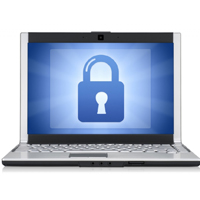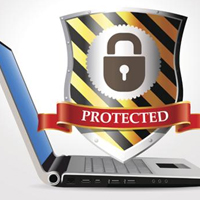Malware Overview

Do you know what goes on under the hood of your car? Do you know the solution for a warning light on the dash? Do you know what’s wrong with the car if it starts making strange noises or loses power?
Those same questions can be asked about your computer.
Computers can have many of the same problems as cars. Engine problems can cause cars to lose power, just like a large program can take up too much of the computer for anything else to run. Where an engine could “throw a rod” or “break a timing chain,” computers can mysteriously reboot or die with the dreaded “Blue Screen of Death.”
We expect that our car will bog down sometimes. You can’t expect a car to perform as well when pulling a two-ton trailer up a five degree hill. Likewise, when a computer gets bogged down with a big project, you would expect it to respond a little slower.
What you don’t expect is for either the car or the computer to bog down or die when we’re not pushing so hard.
One of the things that “Malware” can do is exactly that. It forces the computer to work harder, taking power away from our programs. It would be like sneaking a dozen cinderblocks into the back of the family car right before the trip.
“Malware” is software that works without the user’s knowledge and consent. Sometimes called “badware,” it covers a wide range of programs, including computer viruses, spyware, adware, and more. Adware can bog down the computer, because it contacts websites to download fresh ads. Spyware collects data on you and the websites you visit and returns all of that data to the host website. And viruses just want to find a way to spread to other computers.
But most importantly, malware runs “under the hoood” and behind your back, so that you don’t even know that it’s there.


